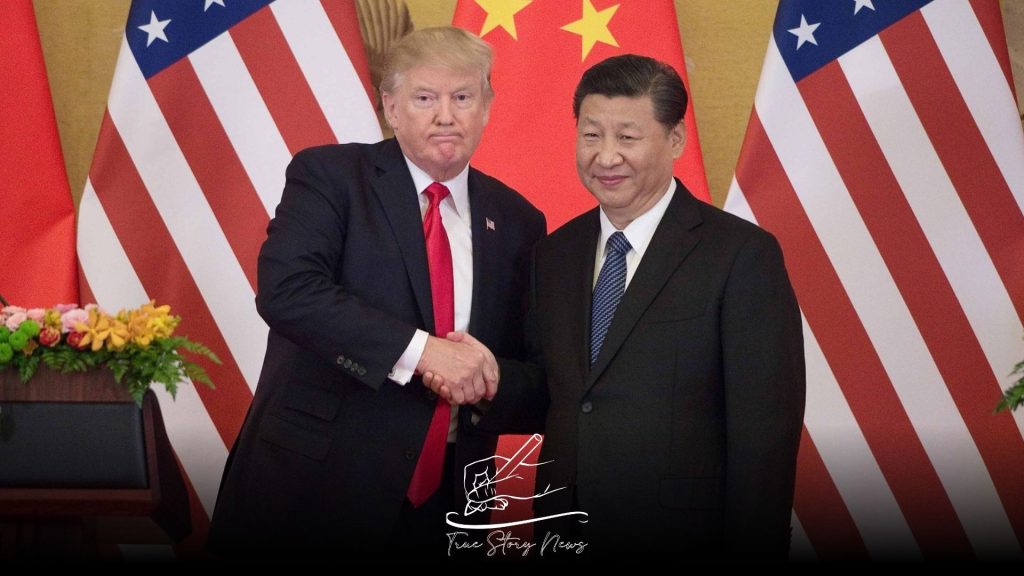Despite the United States imposing an additional 10% tariff on all Chinese goods, China managed its response with a notable restraint.
It called Washington to initiate discussions following multiple alerts that a trade war would yield no victors.
As the clock struck midnight in Washington, a significant development unfolded. Just as the tariffs on China were set to take effect, Beijing responded with its retaliatory measures, imposing tariffs ranging from 10% to 15% on a selection of US imports. This action, effective from 10 February, targets various goods, including coal, crude oil, and large vehicles.
In a strategic move, the Chinese government appears to be maintaining a composed stance, potentially in pursuit of negotiations with Washington to circumvent additional tariffs. This approach seeks to further prevent the relationship between the two largest economies from deteriorating.
In a last-minute decision, US President Donald Trump reached agreements with Canada and Mexico just hours before implementing tariffs on these neighbouring countries. Trump and China’s President Xi Jinping are anticipated to discuss this week.
The US levy is set to have a significant impact, particularly as it compounds a series of tariffs implemented by Trump during his first term, affecting tens of billions of dollars worth of Chinese imports. Concerns are mounting among China’s population regarding the economy’s sluggish state.
Beijing and Washington have previously engaged in confrontations over tariffs. However, significant transformations have occurred since Trump 1.0.
The Chinese economy has shown a decreased reliance on the US compared to its position in 2020. Beijing has bolstered its trade agreements throughout Africa, South America, and Southeast Asia. The nation has emerged as the largest trading partner for over 120 countries worldwide.
According to Chong Ja Ian from Carnegie China, a deal remains possible; however, the extra 10% may not provide the leverage that Trump seeks.
As America steps back, President Xi Jinping is eyeing a significant opportunity for advancement.
In a striking move during his initial month in office, Trump is exacerbating divisions within his political landscape while also signalling potential tariffs against the European Union (EU). His actions could leave other US allies questioning what the future holds for them.
Conversely, China will likely project an image of calmness, stability, and potentially more significant appeal as a global trade partner.
“The America-first policy championed by Trump is poised to introduce challenges and threats to nearly every nation globally,” asserts Yun Sun, director of the China programme at the Stimson Centre.
The ongoing strategic competition between the United States and China suggests that a decline in US leadership and credibility may enhance China’s position on the global stage. Prospects for China at the bilateral level appear dim, yet Beijing is expected to seek opportunities to turn the situation to its advantage.
As the head of the world’s second-largest economy, Xi has openly expressed his desire for China to spearhead a new global order.
In the aftermath of the Covid pandemic, he has travelled extensively, supporting prominent international institutions like the World Bank and backing significant agreements, including the Paris Climate Accords.
Chinese state media have depicted this move as an effort to engage with nations globally and strengthen diplomatic relationships.
In 2020, following Trump’s decision to suspend US funding to the World Health Organisation, China stepped in with a commitment to additional financial support. There is growing anticipation that Beijing could again assume a leadership role in global health, particularly in light of Washington’s recent withdrawal from the World Health Organisation.
The ongoing aid freeze is creating significant turmoil in nations and organisations historically relying on US funding. Given this situation, China may be poised to step in and fill the void, even amid its economic challenges.













